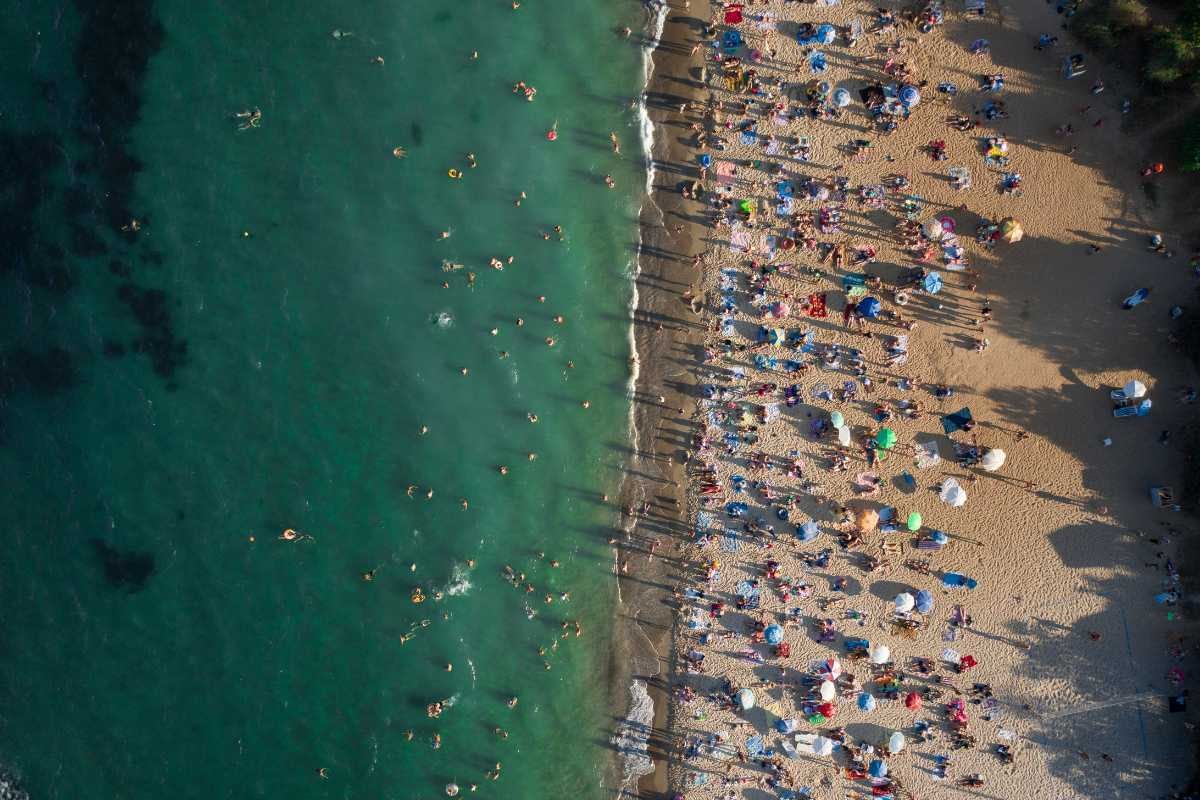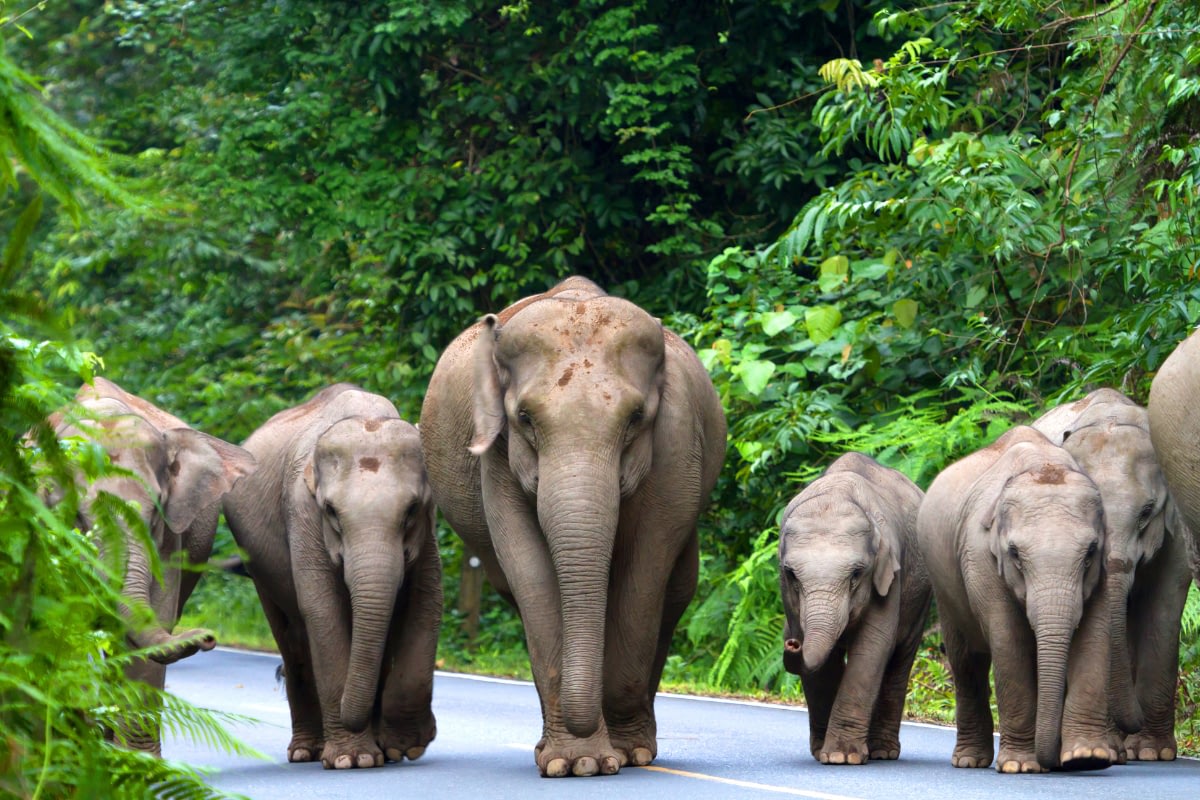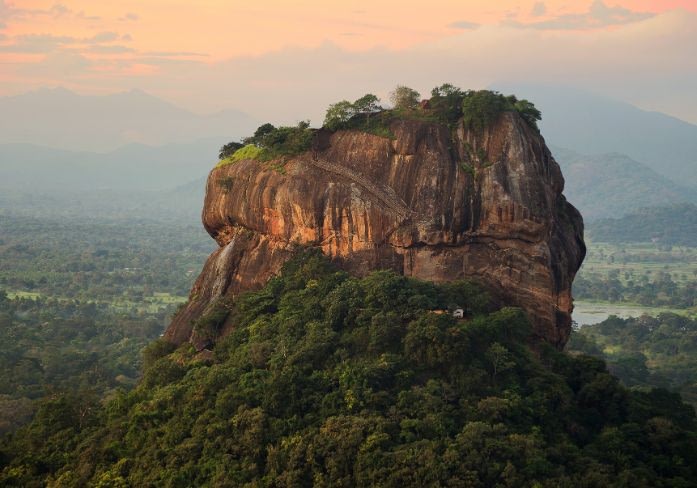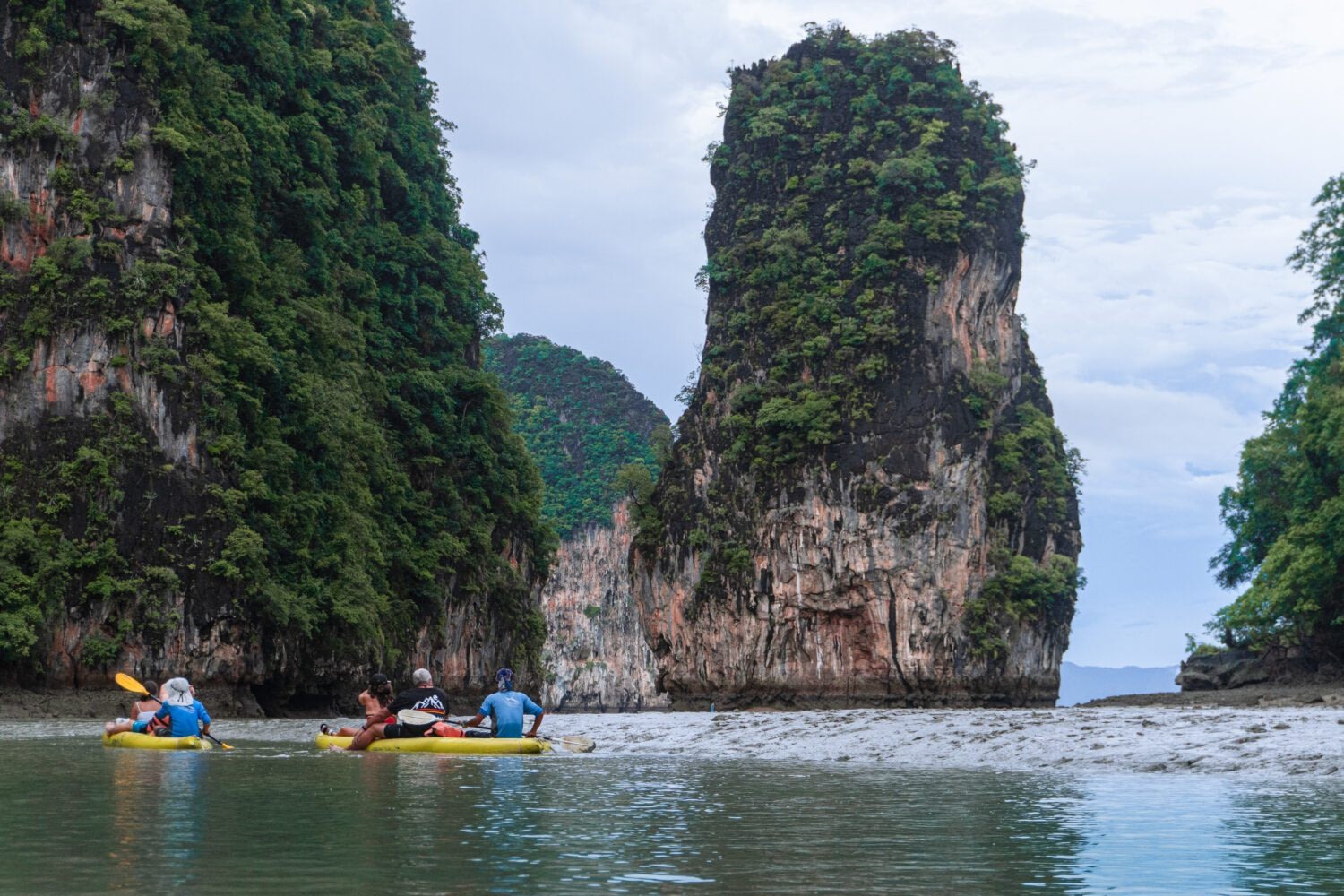Why Thailand’s New Strategy Could Spark an Undertourism Movement
If you’ve been following the headlines lately, you’ll know that the conversation around overtourism is only getting louder. From protests in Barcelona to Venice finally introducing a daily visitor fee (yes, you now literally need a ticket to enter), destinations are starting to say: enough is enough.
And now, Thailand has stepped into the ring with a bold new plan for 2026. Under the banner “Value is the New Volume,” the Tourism Authority of Thailand (TAT) is reimagining what travel could look like in the years ahead.
So, what’s changing? In short: quality over quantity.
For decades, Thailand has welcomed millions of visitors. Tourism helped transform the country’s economy and put the Land of Smiles firmly on the world map. But let’s be honest — too many smiles in one place can tip quickly into chaos. Crowded beaches, stressed marine parks, water shortages, cultural sites bursting at the seams… the cracks have been showing for a while.
Thailand’s new strategy is a direct response to that, aiming to balance demand with environmental capacity while spreading tourism benefits more evenly across the country.
Four pillars shaping “The New Thailand”:
- Prioritising value over volume – moving away from mass-market tourism towards experiences that attract travellers looking for something deeper, more meaningful (and hopefully less selfie-stick chaos).
- Balancing tourism across regions – easing the strain on hotspots like Phuket, Chiang Mai, and Koh Phi Phi by spotlighting lesser-known areas that rarely make it onto Instagram’s Top 10 lists.
- Creative and thematic tourism – from eco-adventures and wellness retreats to cultural festivals like the Wonderfruit Festival and Tomorrowland Thailand.
- Sustainability at the core – think plastic bans in national parks, seasonal closures of marine areas to let ecosystems recover, and a focus on regenerative practices rather than short-term wins.
It’s not just policy-speak either. Thailand already closes marine parks annually to give wildlife a breather — something first trialled during COVID, when the sudden absence of tourists showed just how quickly nature can bounce back if we let it.
What overtourism looks like on the ground
It’s easy to talk about “millions of arrivals” and “carrying capacity,” but overtourism is something you feel when you’re there.
It’s the queue snaking up a sacred temple. The market stall that feels more like Disneyland than local life. The sunrise that could have been peaceful… if only you weren’t shoulder-to-shoulder with hundreds of other people trying to get the same shot.
Take Sigiriya in Sri Lanka as an example. For years, hikers could climb neighbouring Pidurangala Rock for a serene sunrise picnic overlooking the famous fortress. But as Instagram fuelled its rise, crowds followed — and with them, less respectful behaviour. Recently, monks had to step in and ban eating at the top after someone thought it was a good idea to run a cooking class there. What was once a quiet place of worship is now another case study in what happens when a “hidden gem” goes viral.
Or closer to home for us: snorkelling at Pigeon Island near Trincomalee. Once a magical marine experience, the reefs have been strained by visitor numbers. That’s why we now take guests to Angel Rock instead — a quieter, more sustainable choice that still offers incredible snorkelling, minus the reef congestion. It’s a small change, but one that makes a big difference.
Why this shift matters
For too long, tourism has been measured in easy numbers: arrivals, bed nights, revenue. The bigger the crowds, the bigger the “success.” But that mindset has also given us overpacked beaches, strained water supplies, and destinations where locals feel more like extras on a film set than the main characters of their own communities.
Thailand’s move is a signal that the tide is turning. Success is no longer about “pile ’em high, sell ’em cheap” tourism. It’s about travel that feels personal, memorable, and respectful — for visitors and for the people and places hosting them.
As TAT’s Governor put it, by 2026 the goal is not to celebrate how many people visit, but how much value they bring — to local communities, to cultural heritage, and to the environment.
What it means for travellers
For travellers, this shift is an invitation. To slow down. To swap “must-see” lists for meaningful experiences. To wander down side streets, stay longer in one place, and support businesses that give back rather than just cash in.
Thailand isn’t the first country to rethink tourism, and it won’t be the last. But if done right, this strategy could be a blueprint for destinations everywhere.
Because at the end of the day, the best kind of travel isn’t about how many stamps are in your passport — it’s about the connections you make, the respect you show, and the glimmers of joy you carry home with you.
We’re here to help you create a holiday that suits how you want to travel—one that’s affordable, unforgettable, and has a positive impact on the people and places you visit.
Ready for something more meaningful? Explore our tailor-made trips here.




